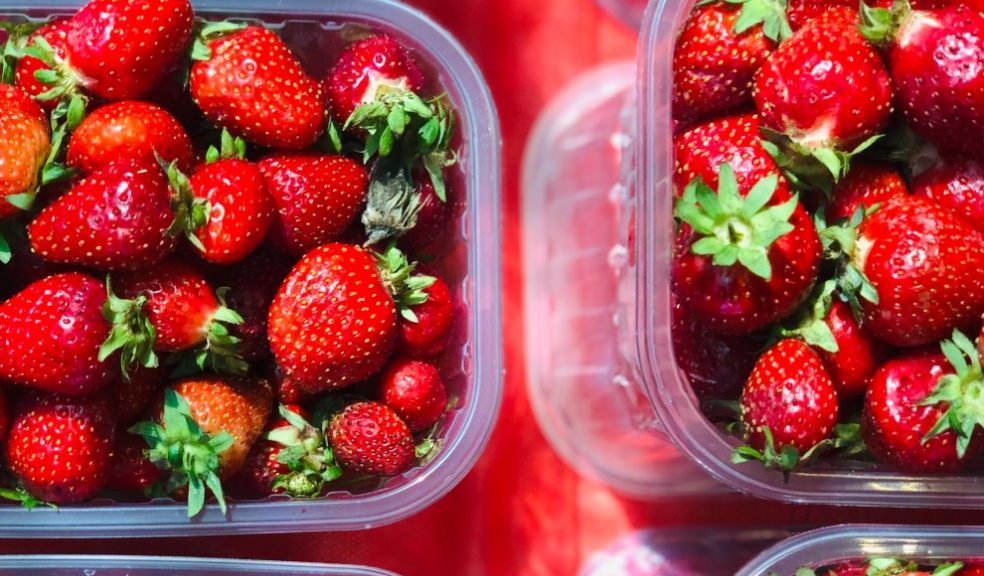
How biodegradable plastic works
Plastics can be used for anything, from food wraps and cars to everything and anything you want. With their countless usages, plastics are dubbed as the ecosphere’s most versatile materials. But, how does biodegradable plastic work?
Plastics are known for their synthetic chemicals, and discarded ones can cause several problems such as cluttering beaches, choking birds, pollution, and an untidy environment. To reduce or alleviate these issues, the government strongly promotes eco-friendly laws and guidelines to the public.
The World’s Plastic Problem
Plastics are considered carbon-based polymers and are extremely versatile. People often used them from petroleum. What makes these plastics unwanted is that the public commonly uses these for disposable products like product packaging and food wrap. On average, we utilize plastic bags for only twelve minutes before throwing them away. But, they take over 500 years before they break down in our ecosystem.
Clearing out plastics involves an intricate procedure, and it can’t be done in just a few days or weeks. Burning them will produce toxic chemicals, while recycling or collecting them also includes a complex process. Imagine if all of us use plastics. What will happen to our environment? What will happen if we are not responsible enough for our actions? In Britain, people utilize eight billion disposable plastic bags every year. On beaches, you will also notice that 80% of the waste along the shore includes plastics, bottles, and the like.
Producing Better Plastics
Unluckily, plastics are designed to last. It is noticeable that some plastics slowly begin to go yellow or cloudy after too much exposure to sunlight. To end this from happening, plastic manufacturers introduce added stabilizing chemicals to lengthen the life of their products.
The term “environmentally friendly “plastics have three types, namely:
- Bioplastics
This type is made from natural materials like corn starch. Some bioplastics appear indistinguishable from conventional petrochemical types. Based on NatureWorks, making Polylactide Acid or PLA behaves and looks like polypropylene and polyethylene. This is commonly utilized for food bags. Compared to biodegradable and traditional plastics, bioplastics do not produce intensive carbon dioxide gas, especially when they are breaking down.
The best thing about bioplastic is that this type is compostable. It means that bioplastics decay into natural products that mix innocuously with soil. In most cases, these bioplastics can break down in several weeks.
- Eco/Recycled Plastics
This type is made from recycled plastic materials. One prime solution to the plastic disposal issue is to recycle old plastic stuff into new ones. A product named eco plastic is sold as a substitute for wood in fence posts and outdoor garden furniture.
There are two major problems when it comes to recycled plastics. The first is that it is often not used to make similar items. Second, you cannot say recycled plastics are more effective for the environment unless they are made with a net saving water and energy.
- Biodegradable Plastics
This type is made from conventional petrochemicals and designed to break down easily. Biodegradable plastics have additives, causing them to decay more quickly in the occurrence of oxygen and sunlight.
Are Bioplastics Bad or Good?
Any material that helps humankind answer the problems of plastics has to be good stuff, right? Unluckily, environmental concerns are as simple as that. Actions that appear to assist the environment in visible ways sometimes have huge drawbacks and can create destruction in other ways. Therefore, it is crucial to see things wholly to know whether “environmentally friendly” things are doing good or not.
Biodegradable plastics and bioplastics have been controversial as far as the environmental aspect is concerned. Manufacturers opt to describe them as an instant solution to the issue of plastics that are hard to get rid of. For instance, bioplastics are flaunted as saving approximately 30-80% of the gas emissions in greenhouse users and thus can produce food with longer shelf-life in shops. Now, here are some of its drawbacks:
- When some bioplastics decompose in landfills or other similar areas, they build methane gas. This gas is said to be a powerful conservatory gas that adds to the increasing global warming problem.
- Biodegradable plastics are not readily decomposed. Others need to be exposed to relatively high temperatures or ultraviolet rays. In fact, they may take several years to break down.
- Bioplastics came from plants like maize and corn. Therefore, land that could be utilized to produce food is being utilized to make plastics instead. Last 2010, approximately a quarter of US production of grain had been turned into bioplastics and biofuel production.
- Growing plants to produce bioplastics have environmental impacts to agriculture. These include greenhouse emissions and water pollution. Sometimes, these impacts are bigger if people produced plastics from petroleum.
- Bioplastics like PLA are made from modified corn. According to some environmentalists, they consider genetically modified plants to be harmful to our ecosystem. Other environmentalists, however, don’t agree with this.
- Biodegradable plastics cannot be instantly recycled. For others, PLA seems very identical to polyethylene terephthalate. But, if these two are combined in a bin, the whole collection is not feasible to recycle.
- People believed that biodegradable, bioplastic and compostable have a similar meaning. This is strongly erroneous. Biodegradable plastic is the one that might take centuries or decades to break down, while compostable can turn almost all into benign waste after a few months.
How to Reduce Plastics?
After knowing how biodegradable plastic works, the next thing to know is to understand how it will cut down.
Here are some of the different ways on how to cut down the use of plastics:
- Acquire a reusable cotton bag and always bring that anywhere you go, especially when you go shopping
- Purchase your vegetable and fruits loose, avoiding added plastic on pre-packed products
- Utilize long-lasting products like refillable pens and razors than disposable ones.
- If your stuff needs repair, then repair it. Don’t buy a new one.
- If you have unwanted plastic items at home, try to recycle them. Say, for instance, vending machine cups can be used as plant pots.
- Recycle your old materials by creating a market for recycled items.
Let us be smarter on how to use plastics, either at home or in the office. By getting enough information about TIPA’s biodegradable plastic packaging and recycling, it is easy for us to save our ecosystem.

















